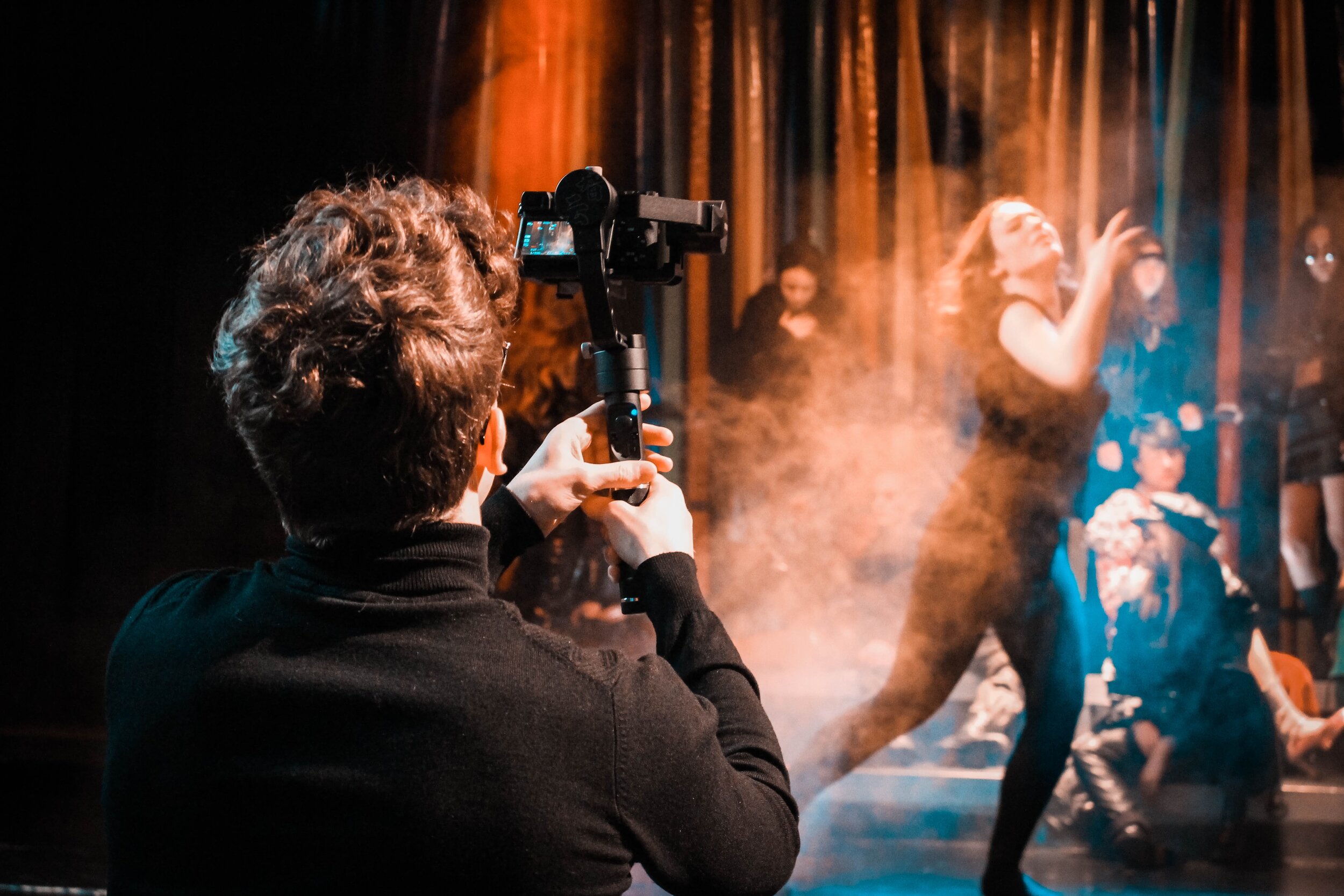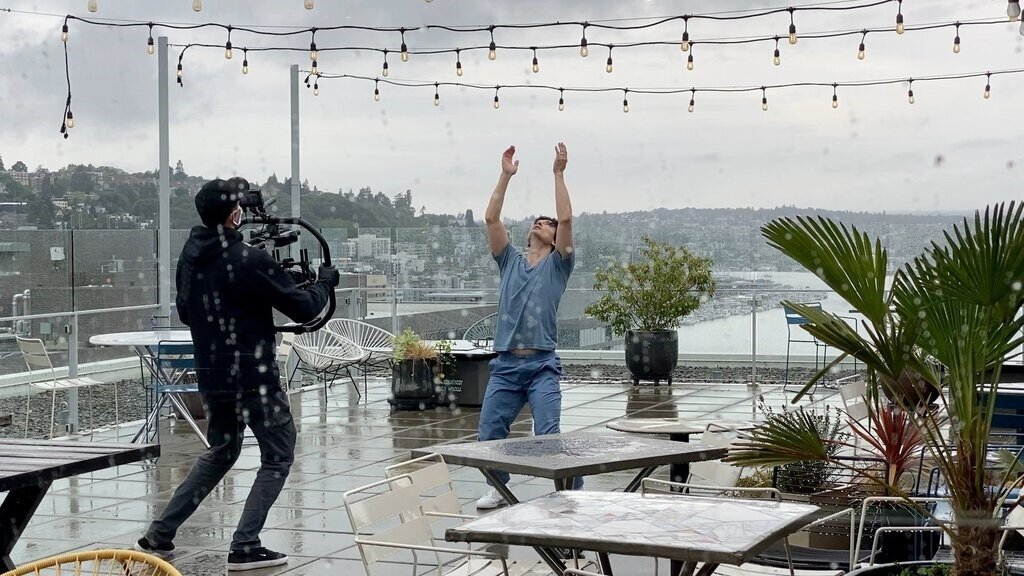The grant narrative has become one of the most high-stakes tools of communication in the nonprofit fundraising space, driving more than $150 billion in global expenditures. As grant writers adapt their appeals in response to changing funder values, this narrative network gives shape to the nonprofit ecosystem in which many arts organizations operate.
Data Cultures Part II: Breaking Free from the Cycle of Disempowerment
An overemphasis on data-driven work within the nonprofit sector has been shown to result in cycles of disempowerment, driven by third-party data demands of funding bodies. This compounds due to the many market orientations nonprofits need to adopt, particularly prevalent among the arts. A key to navigating these markets and funder requirements lies in identifying a specific data culture best fit for your organization and investing in resources and training in order to achieve that framework sustainably.
A Path for Greater Diversity in Film Festivals
Film festivals are an essential part of the movie industry, as they provide opportunities for creators to garner recognition and to secure distribution for their films. However, there is a lack of racial representation and inclusion in the entertainment industry that prevents filmmakers of color from having the same opportunities as their White counterparts.
This study analyzes the current state of diversity and inclusion of Black, Indigenous, (and) People of Color within film festivals in Europe, the United States, and Canada. Assumptions behind the research are that with meaningful change implemented to increase racial diversity in festivals’ programming staff there will be a selection of more diverse film directors. This report consists of parts:
Interviews focused on filmmakers and film festival programmers. These are used to reveal common trends from personal experiences regarding diversity within film festivals
Analysis of a survey of film festival attendees conducted to understand their perceptions of diversity and inclusion in festivals’ lineup and programming staff
NFTs and Arts Management
As the world seemed to erupt with NFTs in spring 2021, AMT Lab thought it would be an appropriate time to curate a collection of essays on the emerging, some might say exploding, world of NFTs with a focus on the arts and technology’s disruptions. The following article provides context to the arts marketplace, ownership, and the disruptions caused by blockchain technology, especially NFTs, and concludes with a short commentary on the forthcoming collection and an existential thought to send you along your way down the rabbit hole of NFTs and blockchain.
Tools for Measuring Impact and Data Collection in the Arts: Part 1
Nonprofit arts and cultural organizations are designed to serve a community. In the 21st century funding model, they also must find ways to collect the evidence for the impact their work has on their constituents, analyze the data, and effectively tell their stories. The following research provides an understanding of what types of impact can be measured with suggestions on how to measure and visualize findings on a budget.
Guidelines for Using Aggregate Streaming Platforms for Performing Arts Content
For arts organizations looking to reach audiences through online content, there are numerous approaches, including posting subscriber-only content to their websites and posting free videos on platforms like YouTube. In the broader entertainment landscape, streaming via services that aggregate content has become a popular way to watch film and television. This article examines the viability of sharing performing arts content on third-party streaming platforms that aggregate content as opposed to single-entity streaming channels.
Connections and Gaps between Artists’ and Institutions’ New Media Preservation Efforts
Media art, which frequently involves data, software, or electronic devices, keeps facing the challenge of technological obsolescence. Since preservation and conservation are fields often dominated by museums and similar organizations, a contrast exists between personal and institutional practices. In some cases, artists rely on museums for technological support. This article looks at new media artists’ firsthand experiences and media artworks donated to the MoMA.
Part 2: Surveys, Interviews and Recommendations for Documentary Distribution
Emerging Trends in Documentary Program Distribution focuses on understanding the current market for documentary programs and the current best practices to sell, distribute, and market documentary content. Part two of this research analyzes data and information collected through an audience survey and one-on-one interviews. This original research will be used in connection with the broader contextual research to provide recommendations for documentary filmmakers on the best paths for taking their work to the market.
Emerging Trends in Documentary Program Distribution: Part 1
Documentary content has long been a staple of culture and entertainment in the United States, but emerging technologies are changing the way this programming is consumed. Emerging Trends in Documentary Program Distribution focuses on understanding the current market for documentary programs and the current best practices to sell, distribute, and market documentary content. This research article is presented in two parts. The first lays out an overview of the documentary market and then moves into an analysis of how the consumption of video content has changed due to emerging technologies.
The Streaming War During the Covid-19 Pandemic
The Covid-19 pandemic has drastically disrupted all business sectors, including the arts, culture, and entertainment industries. Unfortunately, the Covid-19 pandemic’s impacts are far more permanent for an audience-oriented industry that requires a high level of engagement. The business model might be fundamentally changed and there will certainly be a shift in how content is produced and consumed. While lockdowns and social distancing measures to contain the pandemic have had a huge impact on the traditional movie industry, the video streaming model seems to be the greatest beneficiary in this difficult time as people are isolated at home, which is the ideal condition for binge-watching. This white paper looks at the status of the streaming industry before and after the first Covid-19 outbreak.
Third Place Theory and Virtual Platforms: How Arts Organizations Might Build Community Online
Arts organizations play important roles in their communities beyond providing access to art itself. Arts organizations are also valued venues for human connection. In LaPlaca Cohen’s Culture Track 2017, 68% of respondents indicated “interacting with others” as a draw for cultural participation, and about half of respondents in LaPlaca Cohen’s 2020 study, Culture and Community in a Time of Crisis, revealed desires for cultural organizations to communities “stay connected” during this time. These data points demonstrate that audiences look to arts organizations to not only foster connections through art, but also nurture communities beyond the art. One way to do this is by creating virtual third places. While arts organizations are unlikely to build entire VR-based worlds for their patrons, arts administrators might consider how to adapt existing platforms to help reproduce some if not all of the socially-leveling, conversation-focused environments they’ve worked to cultivate in their physical spaces.
Social Distancing Strategies in the Arts: Performing Arts, Part 2 of 3
As arts institutions are in the midst of reopening plans, they are faced with new challenges as they seek to ensure the safety of their visitors, audiences, and staff in the COVID-19 era. The challenges and solutions differ depending on the industry, and whether it is a museum, performing arts institution, or film and television. Part 2 of this 3 part series explores the immerging reopening plans for the performing arts sector.
Social Distancing Strategies in the Arts: Museums, Part 1 of 3
With most major countries outside of the United States going through reopening procedures, social distancing strategies are being implemented to help stagnate or reduce the number of COVID infections. This 3 part series will highlight case studies for the Fine Arts, Theatre, Orchestra, Dance, and Movie Industries, showing measures that have been implemented or recommendations in place for each. Part 1 will focus on the museum space.
The Environment Surrounding Facial Recognition: Do the Benefits Outweigh Security Risks?
In the arts space, there has been varying responses to the potential uses and harms of facial recognition. On the positive end, artists such as Peter Shoukry have embraced how this technology can amplify an audience’s experience through interactivity with a piece. Beyond the creation of art, facial recognition has been used to aid in research. Yet, despite these projects that embrace facial recognition technology, there has been recognizable consumer backlash due to privacy worries.
Using a Crisis to Lean-In with Diversity & Inclusion
In the light of protests surrounding racial inequality and systematic racism stretching across varying U.S. industries, this lack of representation has been noted among the staff of art institutions as well. The hiring of diverse staff in the arts industry historically does not represent the breakdown of the average American audience, particularly in high-ranking roles.
A Guide to Understanding Digital Network Interactions
The transition from physical to digital content is progressing unevenly in the United States, where those with advanced technology capabilities and capital are capturing a disparate share of the economic gains. Companies that are benefiting from these disparate gains in market share are also shaping the market to benefit their industry. The transition to digital content is important to understand as it is rapidly changing companies’ business models. This is particularly true for arts institutions in the post-Covid-19 era.
Technology Adoption: How Arts Managers Can Prepare for Change
Arts managers upgrade, adapt, and adopt to make their organization’s processes more efficient, sometimes with an end result to save time and money. If done improperly, technology adoption may cause frustration, turnover, lost time, lost money, or a step backward in company efficiency. To prevent this, arts managers must strategize technology adoption carefully.
Virtual Solutions in the Arts During Covid19
Over the last week, society has faced unprecedented territory with the increasing spread of Covid-19. As communities quarantine themselves and take precautions against greater spread, arts and cultural organizations are joining in the effort by closing their doors. Amidst all of this, arts managers are coming up with creative solutions to offer their content and services to the public Now, more than ever, the arts must rely on technology to deliver their content. Below is a sampling qua starter list of virtual responses to Covid19 to date (March 17, 2020).
Old Wine In a New Bottle: The Integration of the Blockchain and Auctions
AI & the Future Workforce of Museums
AI has, and will continue to disrupt many traditional careers. According to a report by the global consultancy firm McKinsey & Company, by the year 2030 automation and AI could force around 33 percent of the US’s projected 166 million workforce to change jobs. How will this future impact the museum sector? This report investigates the pathways for AI in the workforce and where we might begin seeing it emerging in the museum sector.
























